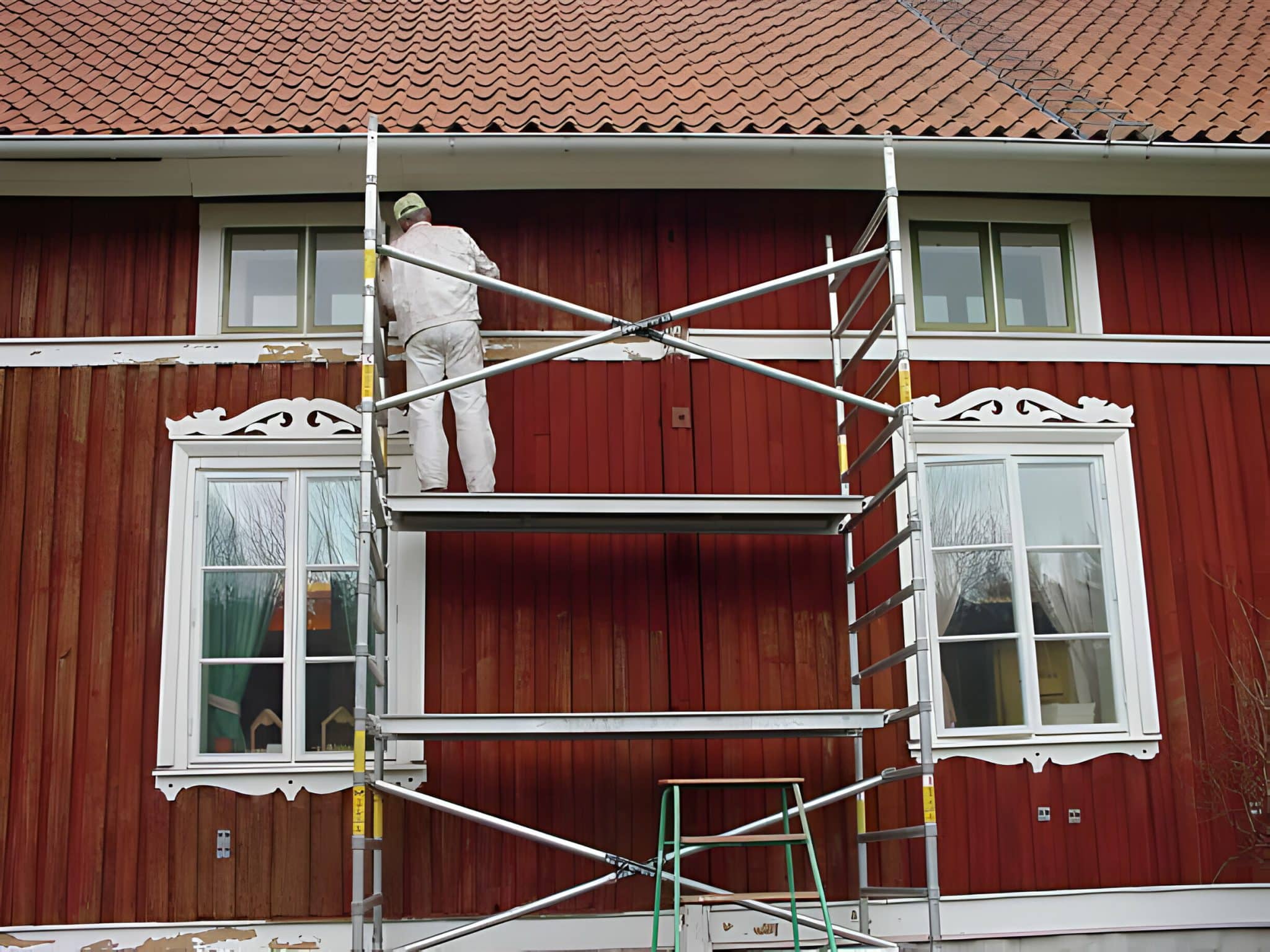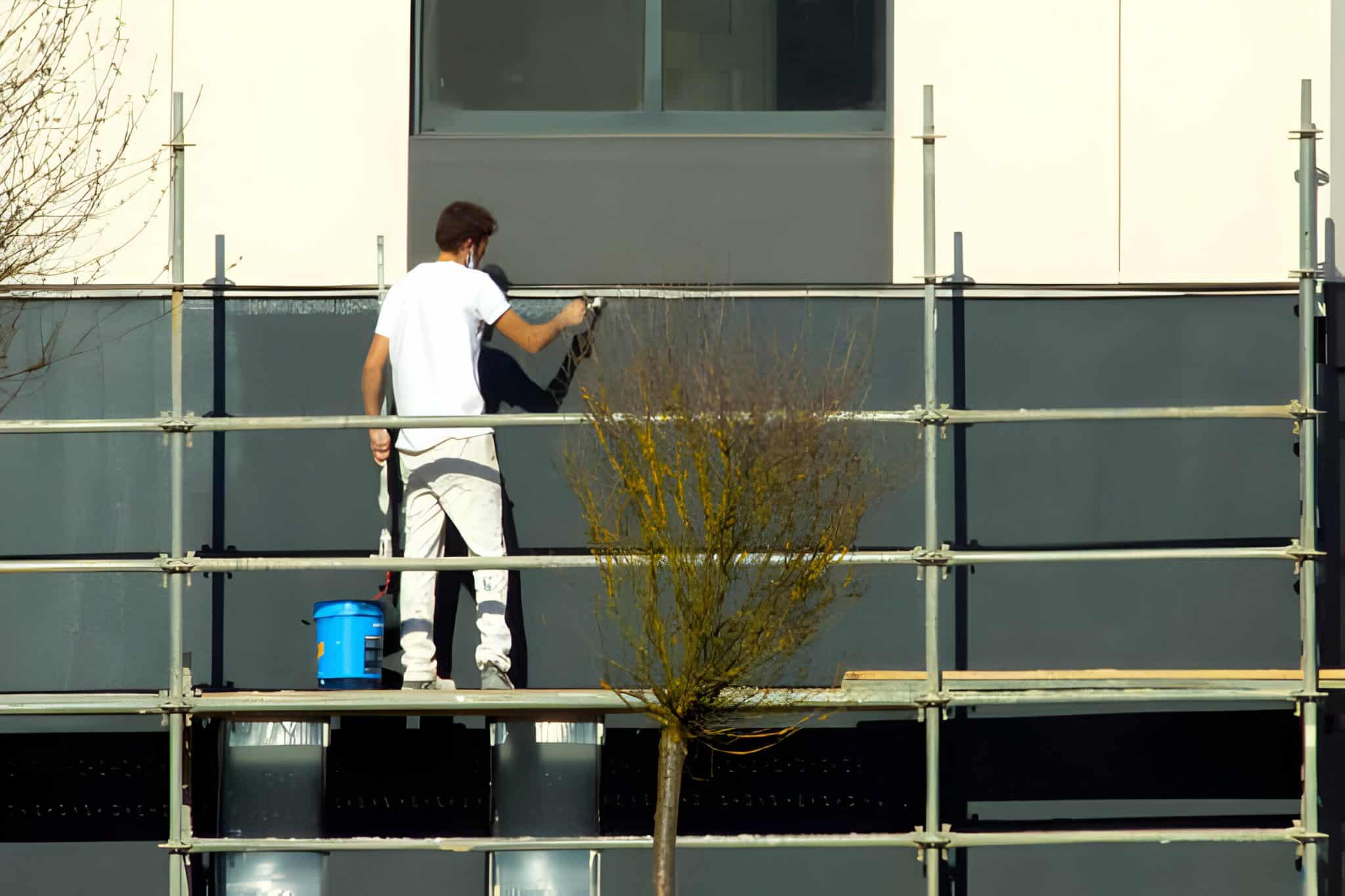It can be a daunting task trying to figure out which paint base to choose, especially as the decision can have major implications on the overall finish and longevity of the paint. Applying the incorrect paint base for a certain environment can result in paint bubbling, chalking and cracking very quickly.
We’ve compared some of the main differences between the two and suggested where it’s best to use each of them.
WATER BASED
- Lower odour & fumes
- Lower VOC levels
- Cleans off with water
- Wider range of colours
- Not as smooth a finish
- Lower level gloss finish
- Faster drying time (approx 30mins)
- More flexibility against surface movements such as expansion and contraction in wet areas
- Better for durability in damp environments
- Better UV resistance (against colour fading, flaking, becoming chalky)
OIL BASED
- Stronger odour & fumes
- Higher VOC levels
- Cleans off with turps
- Limited range of colours
- Ability to produce a smoother finish with less brush marks
- Gives highest level of gloss finish
- Longer drying time (approx 8hrs)
- Dries a lot harder so less flexibility against surface movements
- Better resistance to wear, tear and scuffs
- Lower UV resistance (against colour fading, flaking, becoming chalky)
Based on these key differences, a good starting point is to rule out oil based paints for exteriors.
Why? Exteriors are exposed to harsher environments – UV and rain. Oil based paints have a lower UV resistance and less flexibility against surface movements.
Why? Exteriors are exposed to harsher environments – UV and rain. Oil based paints have a lower UV resistance and less flexibility against surface movements.
Oil based paints are best for interiors only, on areas that require durability against scuffs and scrapes and/or a smoother, higher gloss finish. These often include timber trims, windows, doors, skirting, architraves and other timber work.
Water based paints can be used on both exteriors and interiors.
The ability to withstand harsher environments makes water based paints the best choice for exteriors, in addition to interior spaces that are damp or prone to getting wet such as kitchens and bathrooms.
They are also most commonly used for interior walls and ceilings, in addition to when a lower odour or VOC paint is preferred.





